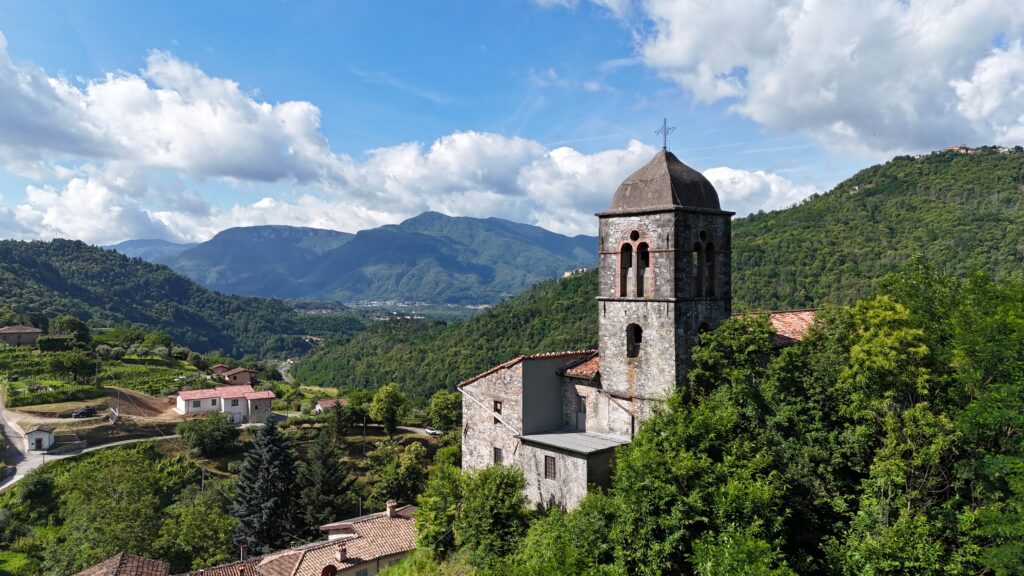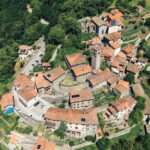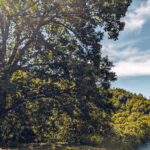There are several versions to the origins of its name. The main one is linking it to Villa Arriana referring to the presence of a Lombard Aryan camp. Other scholars instead link the name to a Roman noble family named “Arrius” or “Arrianus”.
The erliest information about the town dates back to the first half of the 9th century, when it seems that the Lombard Pietro di Teupert, Bishop of Lucca, had properties in Villa Arriana.
During the Middle Age and later it went through the alternating fortunes of most of the villages of Garfagnana, being assigned to the control of Lucca, Pisa and Florence.
During the times when the Este family arrived in Garfagnana, Riana (together with the neighboring Lupinaia and Treppignana) stayed under the control of the Lucchesi, being part of the Vicariate of Gallicano. At that time, Riana was on a bordering position between several states (Duchy of Este, Republic of Lucca, Grand Duchy of Tuscany) and therefore It suffered continuous conflicts; some clashes between the Este and Lucchesi at the beginning and the end of the 16th century were particularly violent and also involved Riana.
It is important to note that under Riana there was a bridge that crossed the Serchio, connecting with Fiattone/Perpoli and therefore with Gallicano; it was called Ponte Orlando and was finally destroyed by a landslide on the Riana side in 1772.
The current administrative configuration of the Municipality of Fosciandora dates back to 1 January 1856, when the sections of Riana, Treppignana and Lupinaia, previously under Gallicano, were aggregated to it.
The church of Riana is dedicated to San Silvestro and historically was part of the Pievania di Loppia, whose headquarters was later moved to Barga.
It was during the first half of the 19th century that the church took on its current form, which sees it inserted into a very complex buolding, then renovated and expanded after the earthquake of 1920. The extreme essentiality of the external finishes contrasts with an interior rich in stucco elements and decorations, many of which are quite recent. The bell tower has been remodeled several times and ends in an oriental bulb-shaped dome.
The Riana area is very rich in vineyards that allow the production of some of what has always bene considered the best wine in the Serchio Valley. A well popular "Wine Festival" is held every autumn in the village, attracting a lot visitors.







